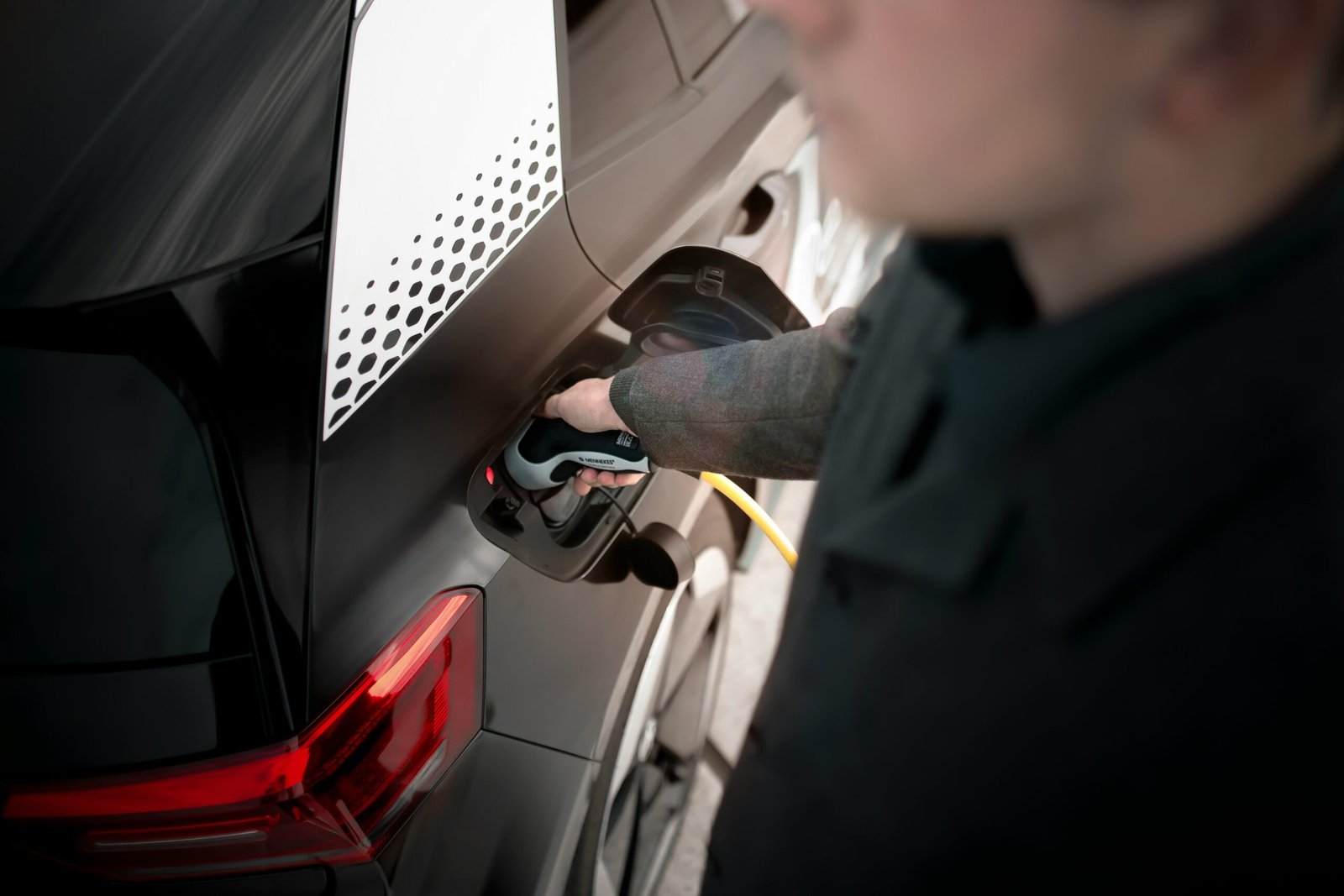
Home Charging: The Most Economical Option
Charging an electric van at home is widely considered the most economical option for EV owners in Norway. With electricity prices ranging from approximately 1 to 1.5 Norwegian kroner (NOK) per kilowatt-hour (kWh), the costs associated with home charging remain competitive compared to alternative charging methods. To illustrate the affordability, let’s consider a scenario where you own an electric van with a battery capacity of 50 kWh. If you were to charge your vehicle from 0 to full capacity, the total cost would typically fall between 50 to 75 NOK, depending on the electricity rates at the time of charging.
Optimizing your home charging setup can lead to additional savings. For instance, many electricity providers in Norway offer lower rates during off-peak hours. By scheduling your charging sessions during these times, you can take advantage of these reduced rates, effectively cutting your overall charging costs. Smart home charging systems can simplify this process by allowing you to automate the charging timing based on the price fluctuations of electricity.
Furthermore, investing in home solar panels can be a game changer for those aiming to reduce their dependency on grid electricity and lower their charging expenses. By generating your own renewable energy, you can offset some of the electricity consumption required to charge your van, further decreasing your travel costs. Additionally, being mindful of your electricity consumption habits at home can lead to a more efficient use of energy resources.
Incorporating energy-efficient appliances and lighting can help to reduce your overall electricity bill, ensuring that more of your budget can be allocated towards charging your electric van. Ultimately, home charging not only provides a convenient solution for powering your vehicle but also presents a financially wise alternative for electric vehicle owners in Norway.
Public Charging Stations: Costs and Considerations
In Norway, the proliferation of public charging stations has been instrumental in supporting the growth of electric vehicles (EVs), particularly electric vans. Understanding the costs associated with using these stations is essential for owners to plan their charging budgets effectively. Public charging stations present different pricing structures, generally classified into standard charging and fast charging. Standard charging typically ranges from 2 to 5 NOK per kWh, making it a more economical option for those who do not require rapid charging. Conversely, fast charging, which is designed to quickly replenish a battery in a short period, costs around 8 to 9 NOK per kWh. This cost difference can significantly impact overall expenses, especially for fleet owners who rely heavily on their vehicles for operational purposes.
To illustrate the potential costs involved, consider a scenario where an electric van is equipped with a 50 kWh battery. If a user opts for standard charging at an average cost of 3 NOK per kWh, the total cost to fully charge the battery would be approximately 150 NOK. However, if the same user chooses to use a fast charging station at 8 NOK per kWh, the charging cost escalates to 400 NOK. Such variances underscore the importance of selecting the appropriate charging method based on urgency and budget constraints.
Additionally, the regional availability of charging stations plays a crucial role in determining accessibility and costs. Larger urban areas tend to feature a more extensive network of public chargers, often accompanied by competitive pricing. In contrast, rural regions may have limited options, which can result in higher costs due to reduced competition. It is also noteworthy that pricing may vary based on providers, so careful consideration of location and time of use can yield significant savings. Understanding these dynamics is vital for informed decision-making when utilizing public charging stations for electric vans in Norway.
Additional Considerations: Free Charging and Subscription Services
For those who own or operate electric vans in Norway, exploring additional cost-saving opportunities can significantly ease the burden of charging expenses. One of the key advantages available to electric vehicle (EV) users is the availability of free or low-cost charging stations. Many accommodations, such as hotels and motels, have begun to invest in charging infrastructure, providing guests with complimentary access to charging points during their stay. Additionally, shopping centers and parking lots in urban areas frequently offer free charging stations as an incentive to attract more visitors. To take advantage of these offerings, it is advisable for users to inquire directly with establishments regarding their charging policies before traveling.
In addition to free charging options, subscription services developed by specific charging networks can present another economical avenue for frequent users of electric vans. These plans often involve a monthly fee that allows subscribers to access charging stations at reduced rates, with some services offering discounts or flat-rate pricing per session. For individuals who regularly charge their vehicles at particular networks, these subscriptions can substantially lower the overall costs over time compared to pay-as-you-go pricing models.
Nevertheless, potential adopters must weigh the benefits and drawbacks of subscription services. While these programs can lead to significant savings if usage is high, it is essential to assess their usage patterns and frequency of charging to determine if the subscription aligns with personal or business needs. Some services may have limited coverage in certain areas, necessitating further research to identify the most suitable option. By evaluating both free charging opportunities and subscription services, electric van owners can effectively manage their charging expenses while exploring the Norwegian landscape.
Optimizing Charging Costs: Monitoring and Planning
In Norway, the cost of charging an electric van can vary significantly depending on several factors, including time of day, demand for electricity, and the types of energy sources utilized. Understanding these pricing dynamics is essential for electric van users seeking to minimize their charging expenses. Monitoring local energy rates is vital; consumers can easily access real-time pricing information through various applications and websites dedicated to energy markets. These platforms display fluctuations in electricity costs, allowing users to identify optimal times for charging.
To maximize savings, electric van owners should consider implementing a charging strategy based on the observed price trends. Usually, electricity prices are lower during off-peak hours when demand wanes. By planning charging sessions during these times, users can significantly reduce their costs. Moreover, having a home charging station equipped with a programmable timer can assist in automating this process, ensuring that the van charges during the most economical hours. In addition, it is crucial to be aware of any incentives or programs offered by local utilities that might provide discounts or rebates for charging during off-peak periods.
Another essential factor affecting electric van charging costs is the source of electricity. Norway boasts a high proportion of renewable energy sources, such as hydropower, which often leads to lower energy prices. However, the availability of this energy can vary based on environmental conditions and overall demand. Being informed about peak demand periods, influenced by weather and seasonal changes, will allow van owners to strategically plan their charging to take advantage of more favorable rates.
In light of these considerations, effectively managing the cost of charging an electric van in Norway requires vigilant monitoring and strategic planning. By staying informed about local electricity prices and adapting charging habits accordingly, users can optimize their charging expenses while supporting sustainable energy practices.
